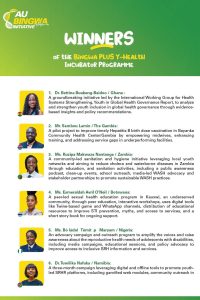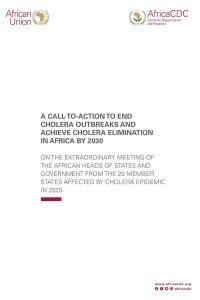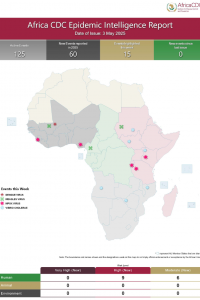
- Version
- Download 2509
- File Size 2.04 MB
- File Count 1
- Create Date 30 January 2019
- Last Updated 9 September 2019
Africa CDC: Establishing Integrated Surveillance and Laboratory Networks for Rapid Disease Detection and Response, Control, Prevention, and Clinical Care in Africa
There is little similarity between asbestos, HIV, and the severe acute respiratory syndrome coronavirus. However, their histories illustrate the three keys for effective detection and control of disease: clinical identification, laboratory detection, and public response. In diseases where all elements of this three-step framework were in place, the time from initial observation to appropriate public response tended to occur quickly. For example, in late November 2002, an atypical pneumonia that ultimately came to be known as severe acute respiratory syndrome made its appearance in China and a few other countries in East Asia. Once the World Health Organization was notified in February 2003, a massive coordinated response was deployed. The causative agent was identified within two weeks and the disease was halted by effective quarantine in 42 days.
Attached Files
| File | Action |
|---|---|
| Africa CDC establishing integrated surveillance laboratory networks | Download |






